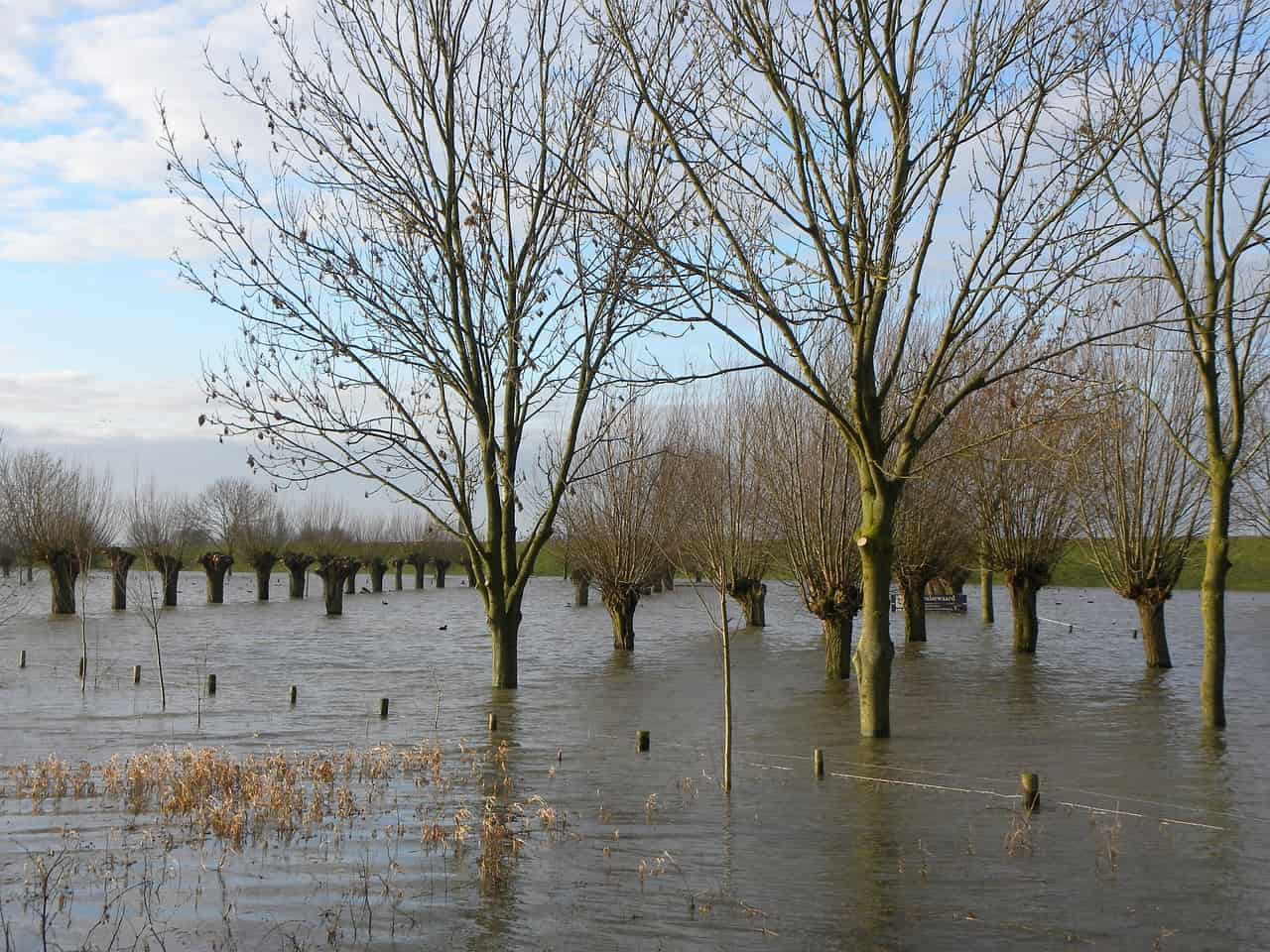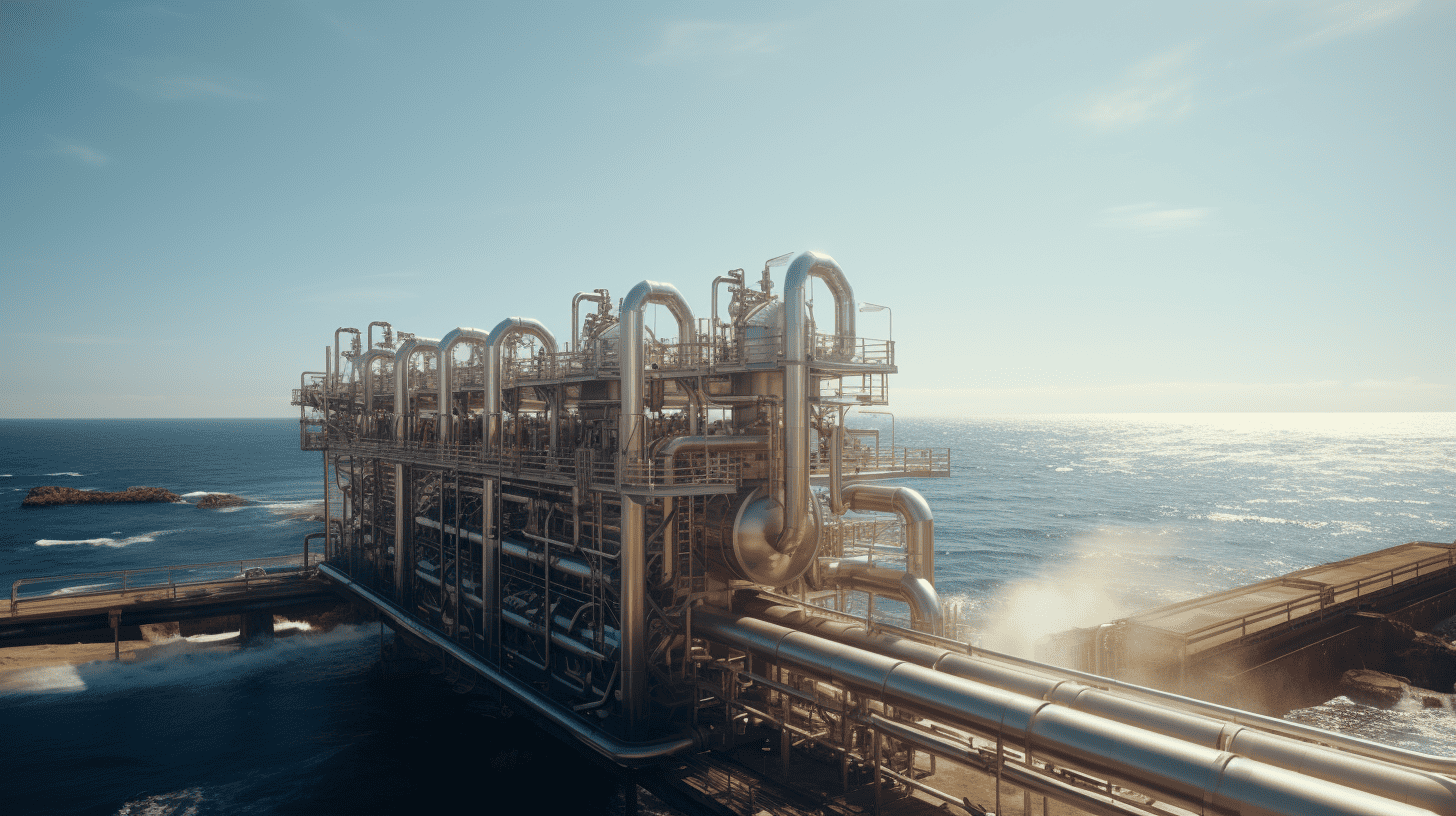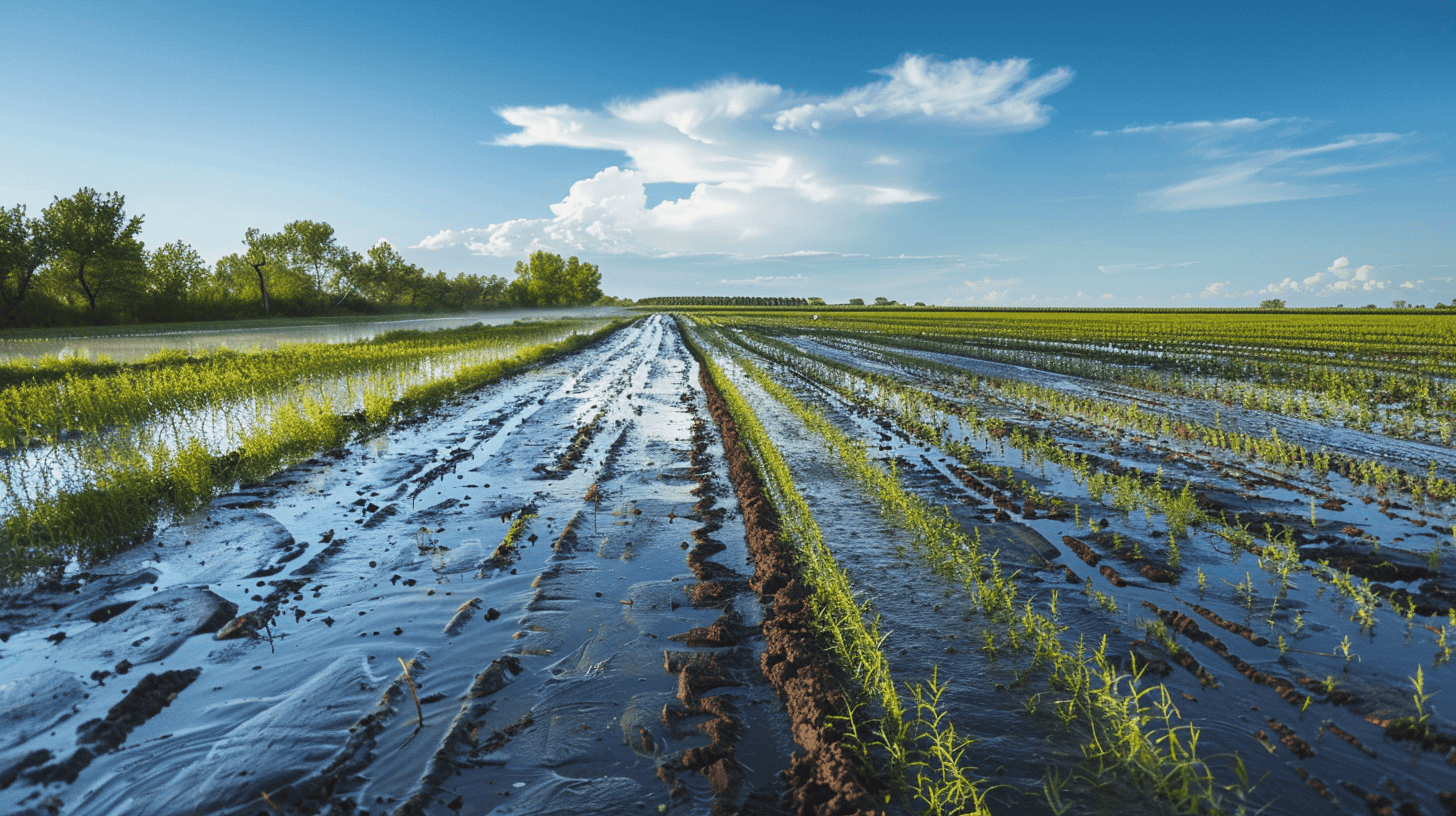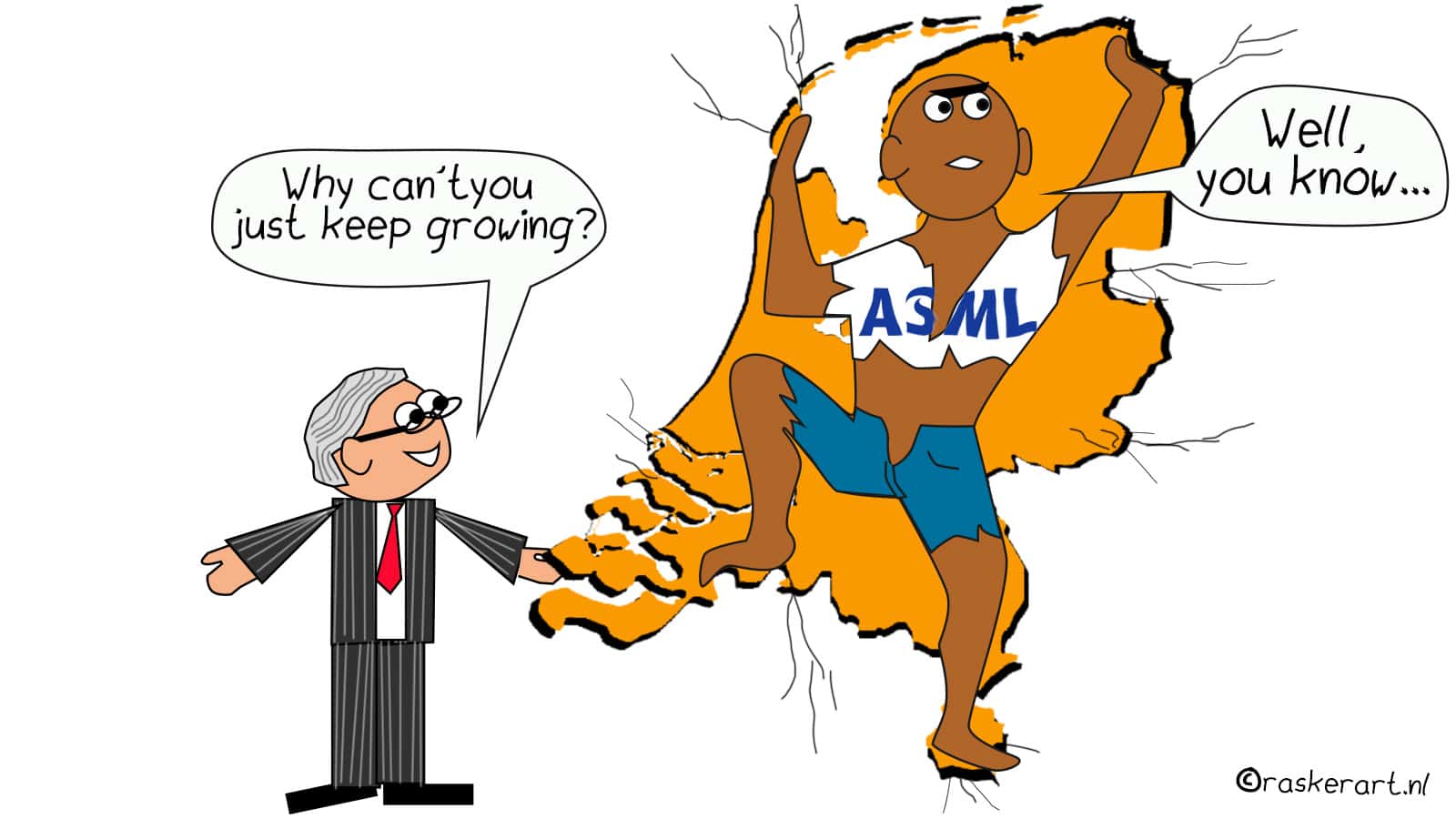
Water levels in the Netherlands are falling again, after breaking record after record last period. In the fight against the water, there was a widespread recourse to an ancient measure: sandbags. But more and more innovations are being devised to combat flooding. We list some promising solutions.
Why you need to know this:
We face increasingly extreme weather conditions due to climate change. That means we can also expect more and more high water in the Netherlands. Innovative solutions exist to protect us from this.
Floods caused a lot of inconvenience in recent months. In Deventer, heavy rainfall flooded a church. Sinkholes are also increasingly appearing because rainwater is not drained properly. In Eindhoven, a large stretch of road surface was destroyed as a result.
Two sixes on a dice
In early January, the Maas at St Pieter below Maastricht drained 1,700 cubic metres of water per second. These volumes occur once every three to four years. We are expected to experience this more often in the coming years, says Niko Wanders, lecturer in Hydrology at Utrecht University: “Due to climate change, we are increasingly facing extreme weather conditions. With droughts, but also with extremely wet periods. From now on, we throw a die with two sixes.”
Natural solutions
Given the predictions of the chart above, it is therefore high time to better prepare for floods in the future. With only sandbags, we are not going to make it. So there is room for innovation. Innovations that do not even necessarily have to be technologically advanced, Wanders explains. According to him, the main focus should be on natural measures. “Think less asphalt and green roofs, so that during heavy rainfall the sewers do not immediately overflow.” Also ditches on steep slopes. In limburg, for example, we already see in many places that natural ditches and woodlands are being brought back to slow down the water at the bottom of a field.”

Artificial solutions
In addition, ‘man-made’ innovations are increasingly being applied. In Kampen, people keep their feet dry, thanks in part to an inflatable dam. The village is located close to the river IJssel. Designed by architecture firm ZJA, the dam – the largest in the world – holds back wind-blown water from the Ketelmeer in an emergency.
On a large grass field on the TU Delft campus, solutions that could be used in the future, such as mobile dykes, are being tested. These are large trunks that are filled with water, holding back significant water heights of up to one and a half metres. When you place the bag in front of the door and it comes into contact with water, the bag fills up and prevents water from flowing in.

Prevention better than cure
Still, prevention is better than cure. AI and machine learning are widely used to predict floods. Google’s Flood Forecasting System is one example. Since 2018, the system has been collecting data on rainfall events. To do so, it consults various sources, including weather forecasts and satellites. It then identifies areas at risk and disseminates crucial information via search, Maps and push notifications. Google recently added 60 countries to the system, including the Netherlands and Belgium.
Collaboration is key
In addition to natural and technological solutions, cooperation with other countries is key to managing water, Wanders stresses. “After all, the Netherlands is the ‘drainage basin’ of the Rhine and Maas rivers. Although this has economic advantages, it is a disadvantage in this case. Coordination with neighbouring countries has already improved over the years, but remains a major concern.” If the water reservoirs in Switzerland, Germany and Belgium are in better shape, we will benefit greatly in the Netherlands. “But if people actually drain them quickly then it could actually cause us to get extra water in the Netherlands.”
For a decade now, the Netherlands has had a close cooperation with Germany. Through a cross-border platform and forecasting model, flood information is managed and shared. During the Flood Conference, the countries also stressed that they will conduct further research in 2025. Here, they will focus on gathering more experience and knowledge on evacuation options, future Rhine discharges and risk assessment methodologies, among other things.
It will be a long time before we have climate change completely under control, if it will happen at all. “Therefore, in addition to all the measures taken, we must above all anticipate wetter winters in the coming years,” Wanders concludes.








